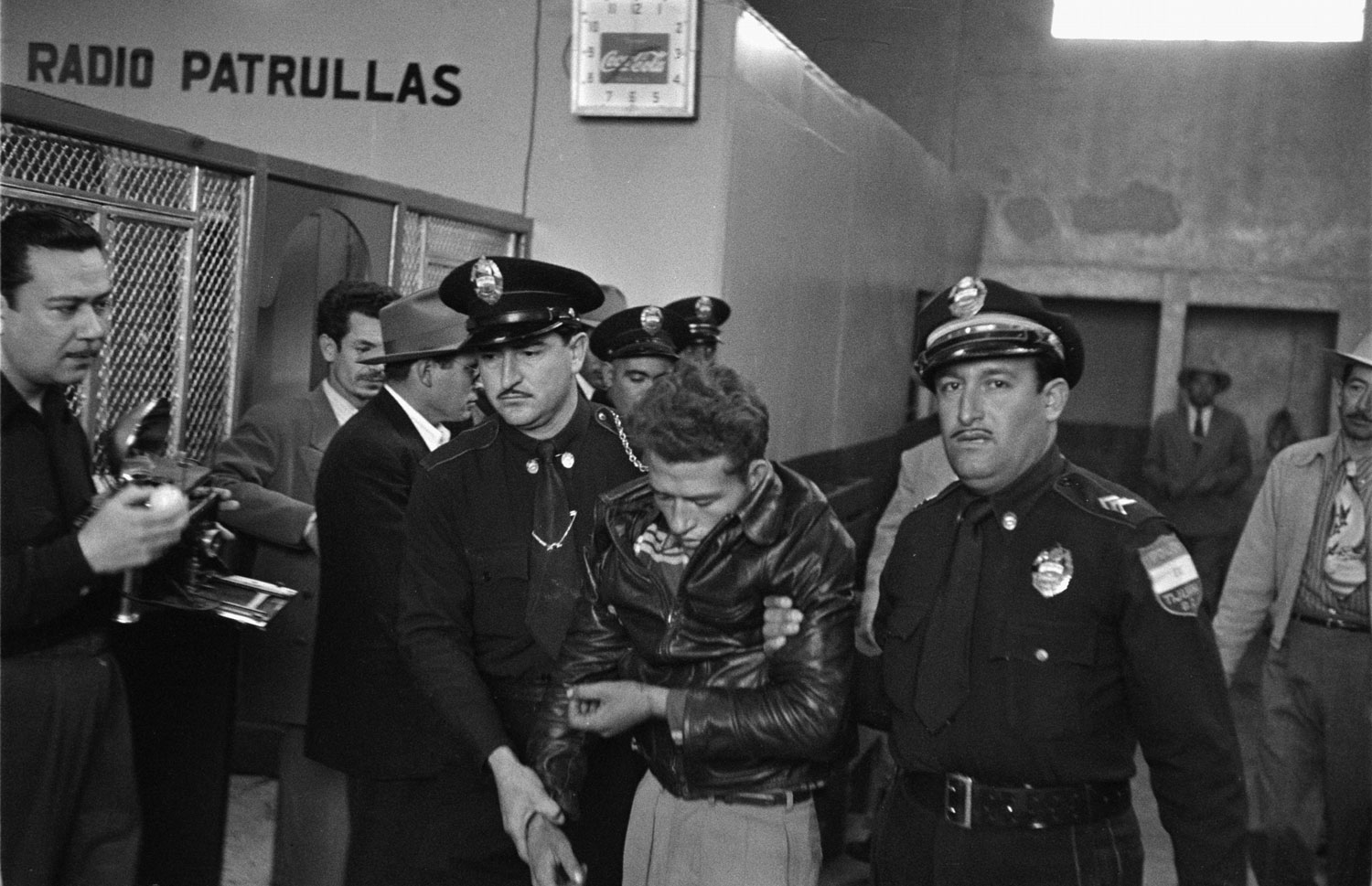
The story of the American mass murderer Billy “Cockeyed” Cook — who killed six people, including an entire family of five, during a terrifying three-week spree across several American states in early January 1951 — is barely remembered today. But as mass, random attacks continue, with distressing frequency, to dominate the national dialog, LIFE.com recalls William Cook’s killing spree of more than a half-century ago — if only as a reminder that the unspeakable and the sensational frequently go hand in hand, and that any lessons that might be gleaned from such savagery are, all too often, quickly forgotten.
William Edward Cook’s early life in his native Missouri was an unremitting series of disasters. His mother died when he was 5 years old; his father abandoned him — and his seven siblings — in an old mine. William Edward Cook became a ward of the state before his 10th birthday; had a nasty temper (exacerbated by the teasing and bullying he endured due to a deformed eye); and eventually ended up in Missouri State Penitentiary.
When he was released from prison in 1950, the 21-year-old told his father, with whom he briefly reunited after more than a decade of estrangement, that his ambition was now to “live by the gun and roam.” He headed west from Missouri, drifting to California and then eastward again, down into Texas. There, in late December 1950, his crime and killing spree began. He kidnapped an auto mechanic who picked him up hitchhiking and forced the man into the trunk of the car. The man escaped shortly afterward. The family of an Illinois farmer named Carl Mosser, en route to New Mexico, wouldn’t be so lucky.
In Oklahoma, the Mossers — Carl, 33; Thelma, 29; Ronald, 7; Gary, 5; and Pamela Sue, 3 — picked up Cook, who was once again hitchhiking. Cook pulled out the .32 caliber snub-nosed pistol he had bought in El Paso, and told Carl to drive. Over the next three days, Cook and the Mossers wove their way back toward Cook’s hometown of Joplin, Mo. On the third day, Cook shot them all — including the family dog — and dumped the bodies down a well not far from Joplin.
Again he headed west. Outside Blythe, Calif., where he had once worked, he took a deputy sheriff hostage. The sheriff’s life was spared, Cook later reportedly said, because the deputy’s wife, who had once briefly worked with Cook, “treated him like a human being and had been nicer than anyone had ever been to him in his life.”
Cook killed once more during his spree — shooting to death a salesman from Seattle named Robert Dewey and dumping his body in a ditch — then kidnapped two hunters and forced them to drive him across the border into Mexico. There, in a town called Santa Rosalie, the local police chief, Luis Parra, improbably recognized Cook, plucked the .32 from his belt, and arrested him. A short time later, he was handed over to the FBI.
William Cook was sentenced to 300 years in prison after being tried and convicted of the Mosser killings in Oklahoma, but was then tried, convicted and sentenced to death in California for the murder of Robert Dewey. On Dec. 12, 1952, at San Quentin, Cook was executed in the famous prison’s gas chamber. He was 23 years old.
Less than a year after he was put to death, a movie based on Cook’s spree and helmed by the actress-turned-powerhouse director Ida Lupino, The Hitch-Hiker, was released by Lupino’s independent production company, The Filmmakers. The movie is notable not only because it’s a better-than-average noir film, but because it’s one of the first films ever made in Hollywood that was quite clearly based on a killer whose crimes were still fresh in the minds of filmgoers.
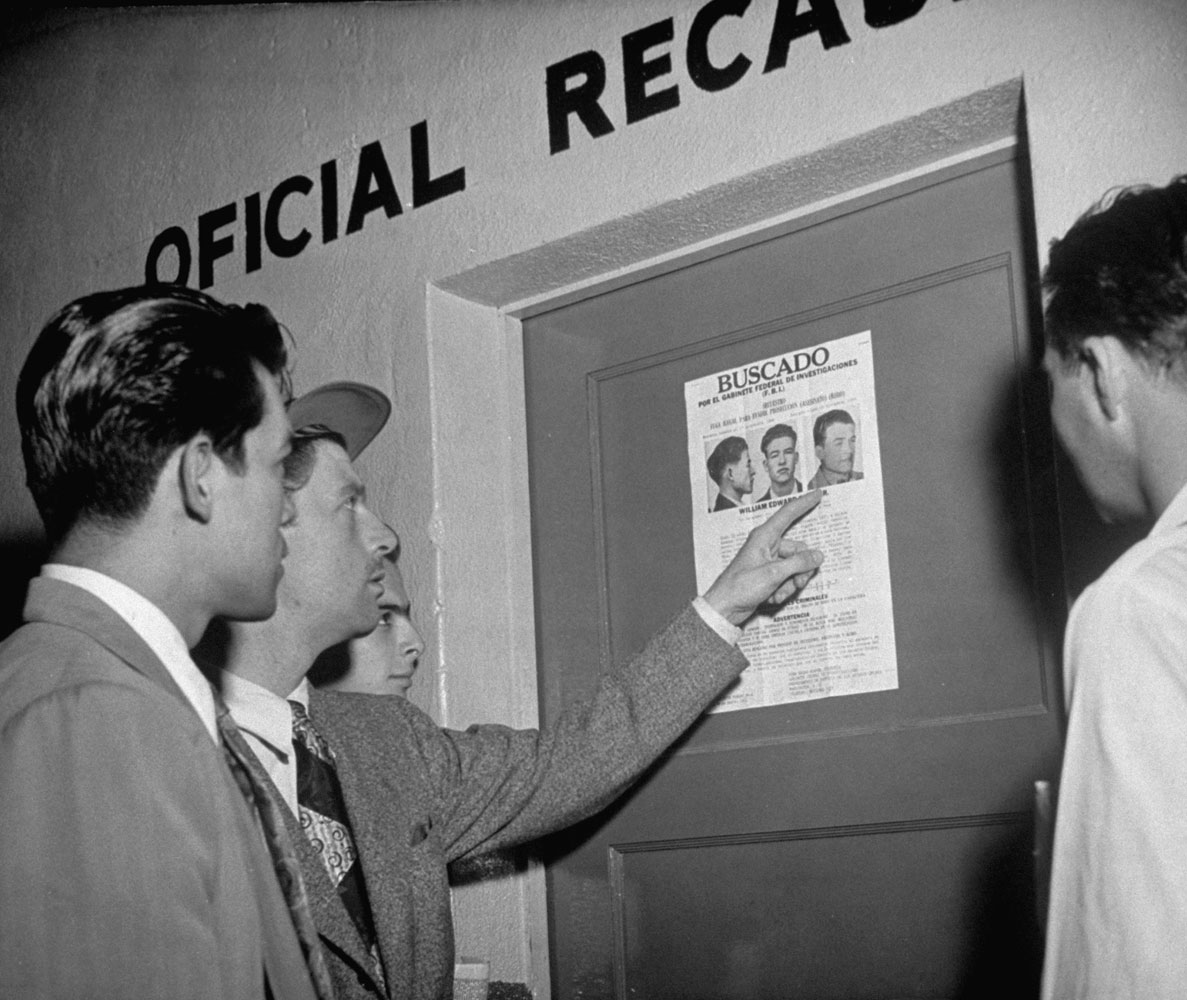
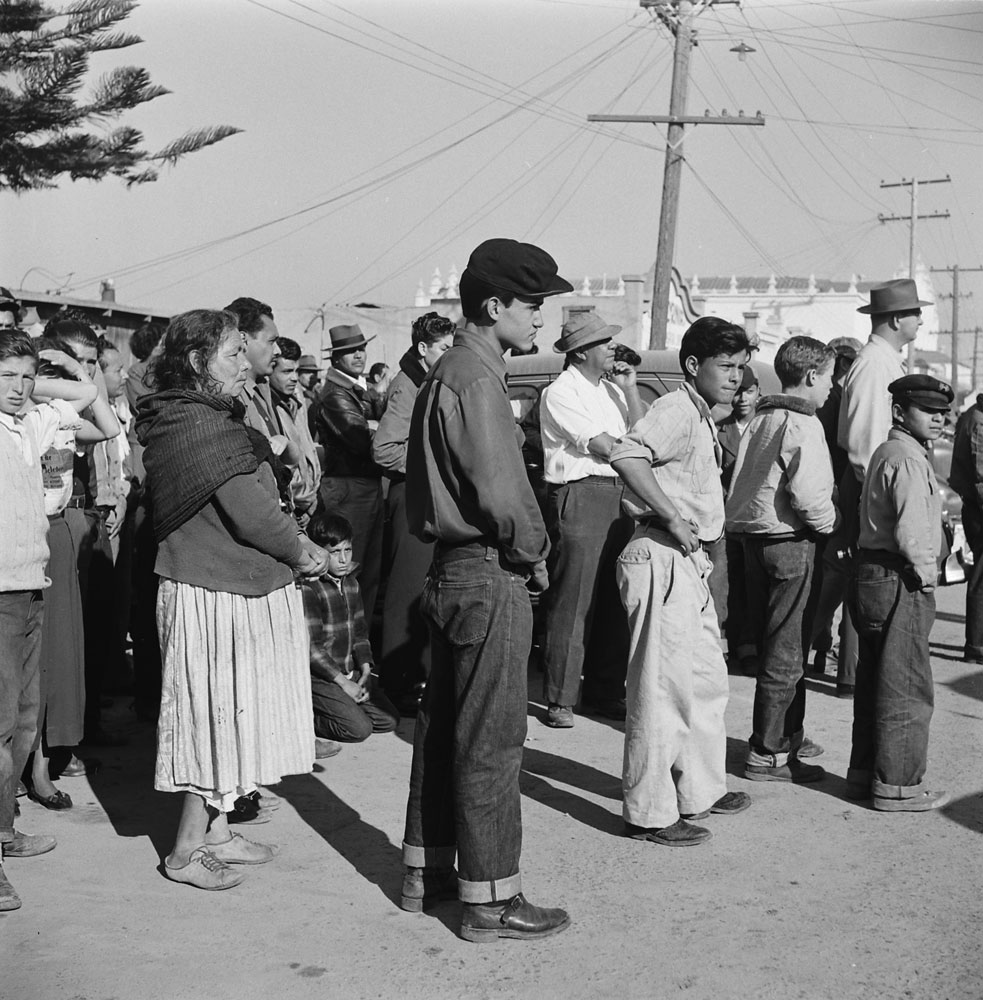
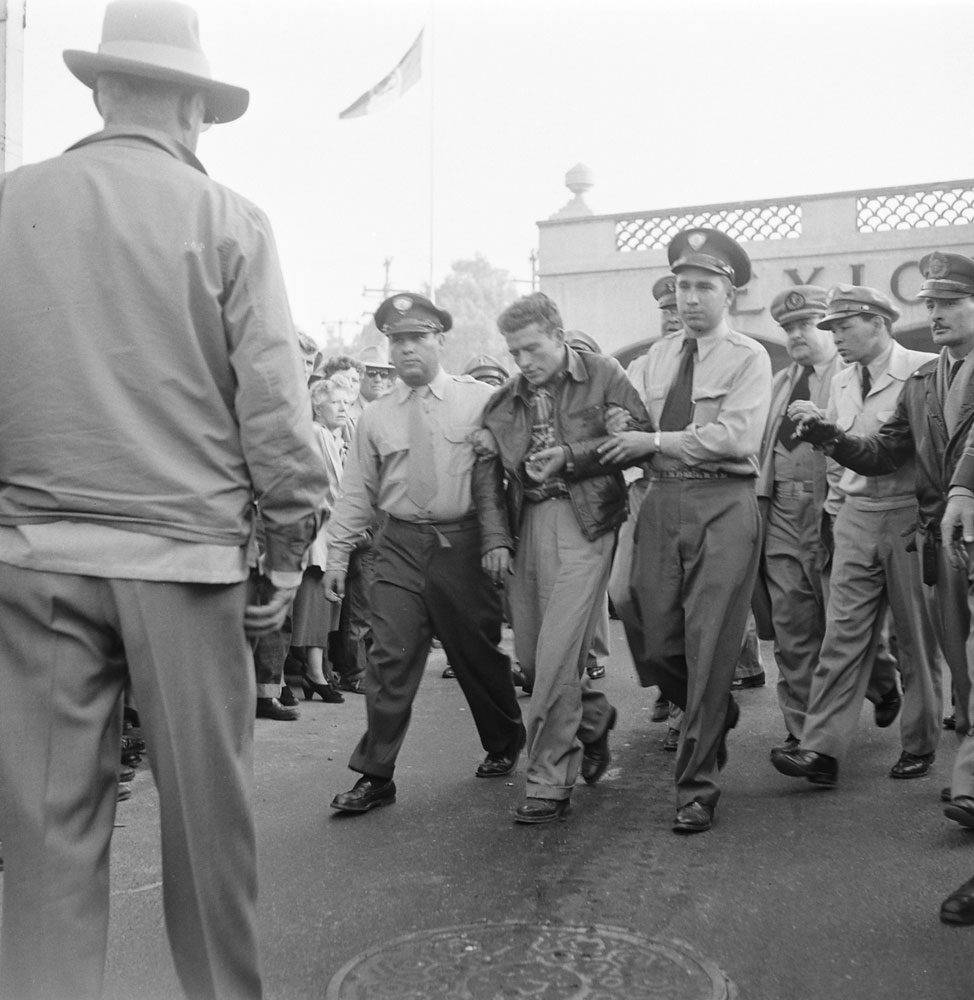
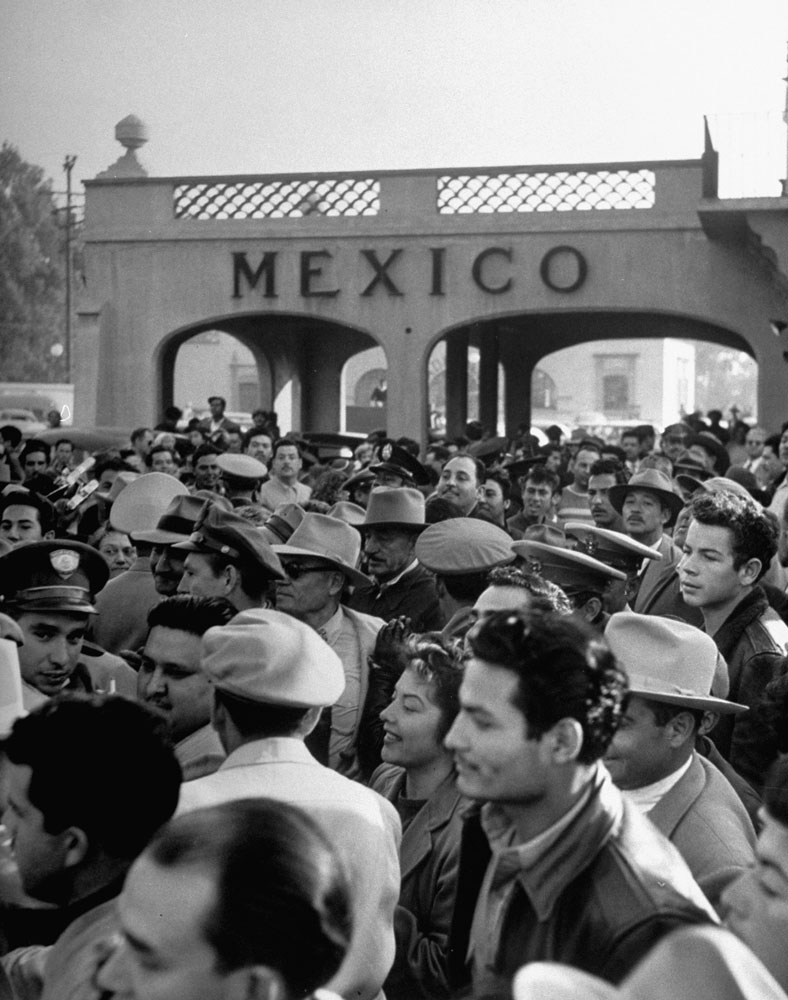
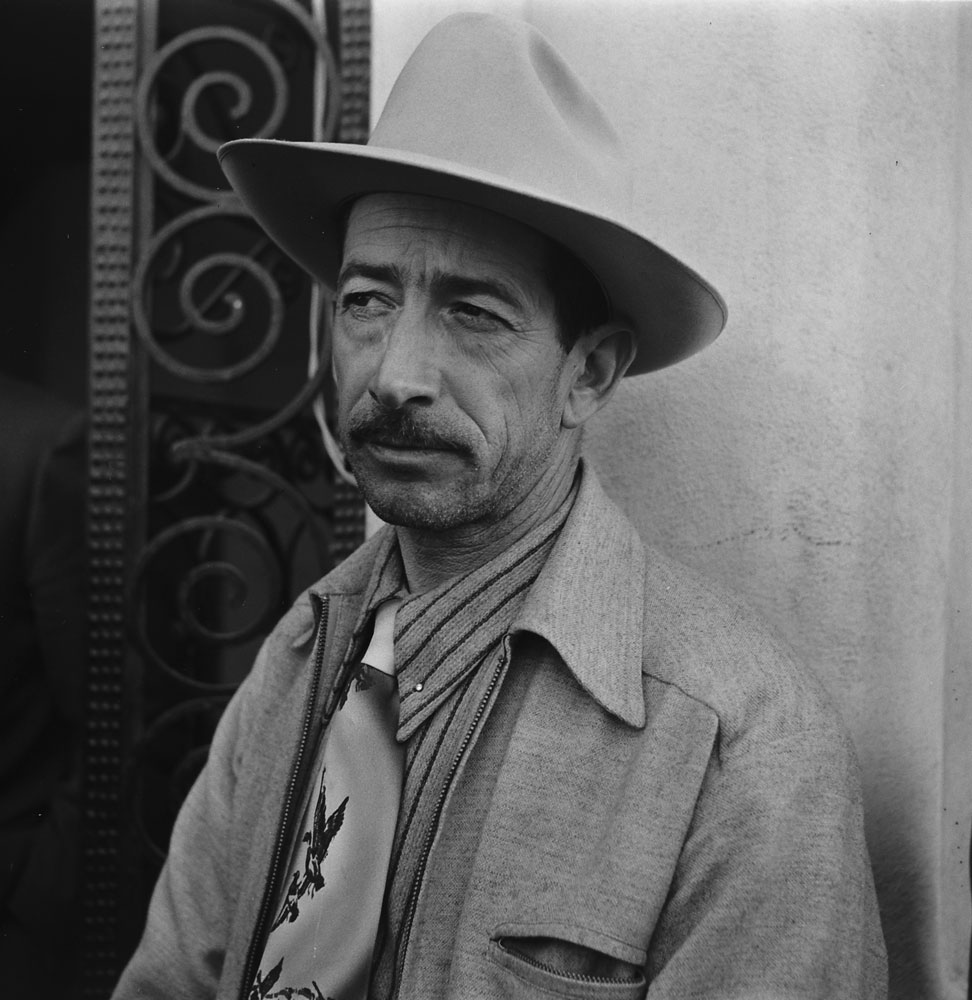
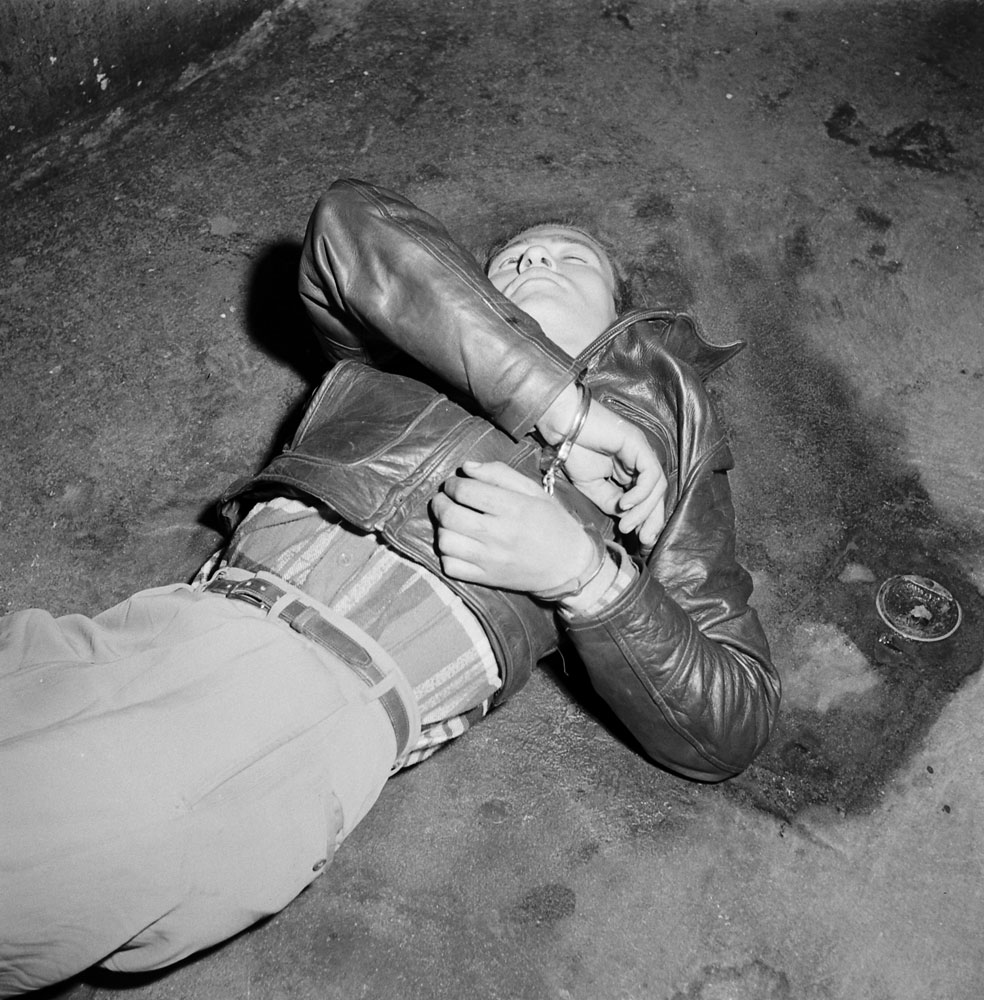
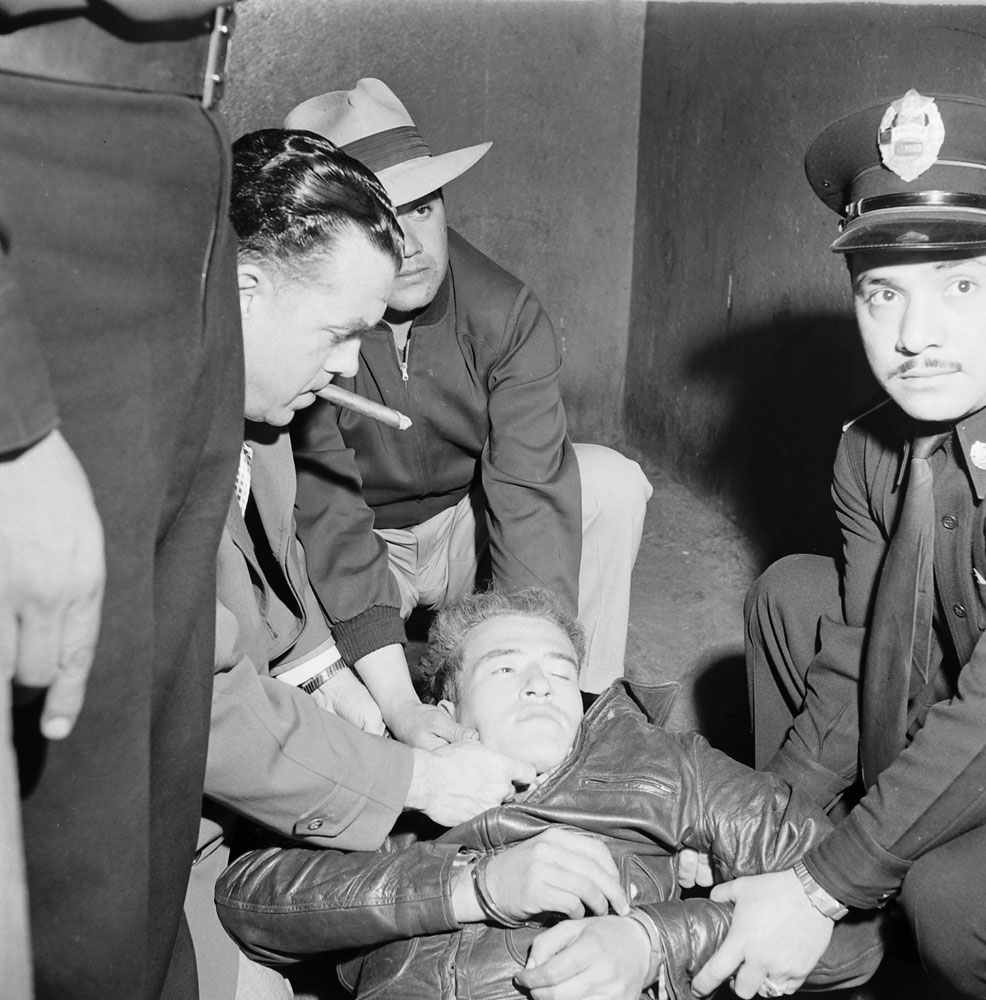
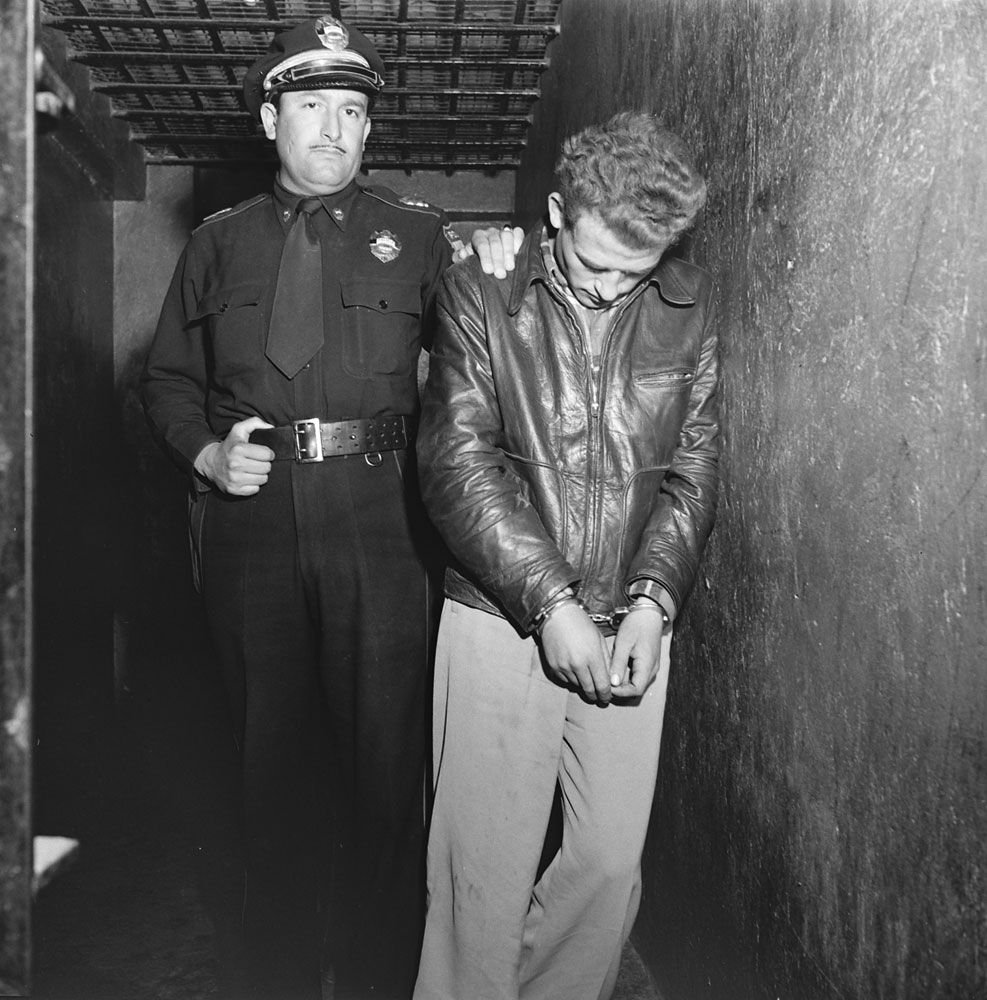
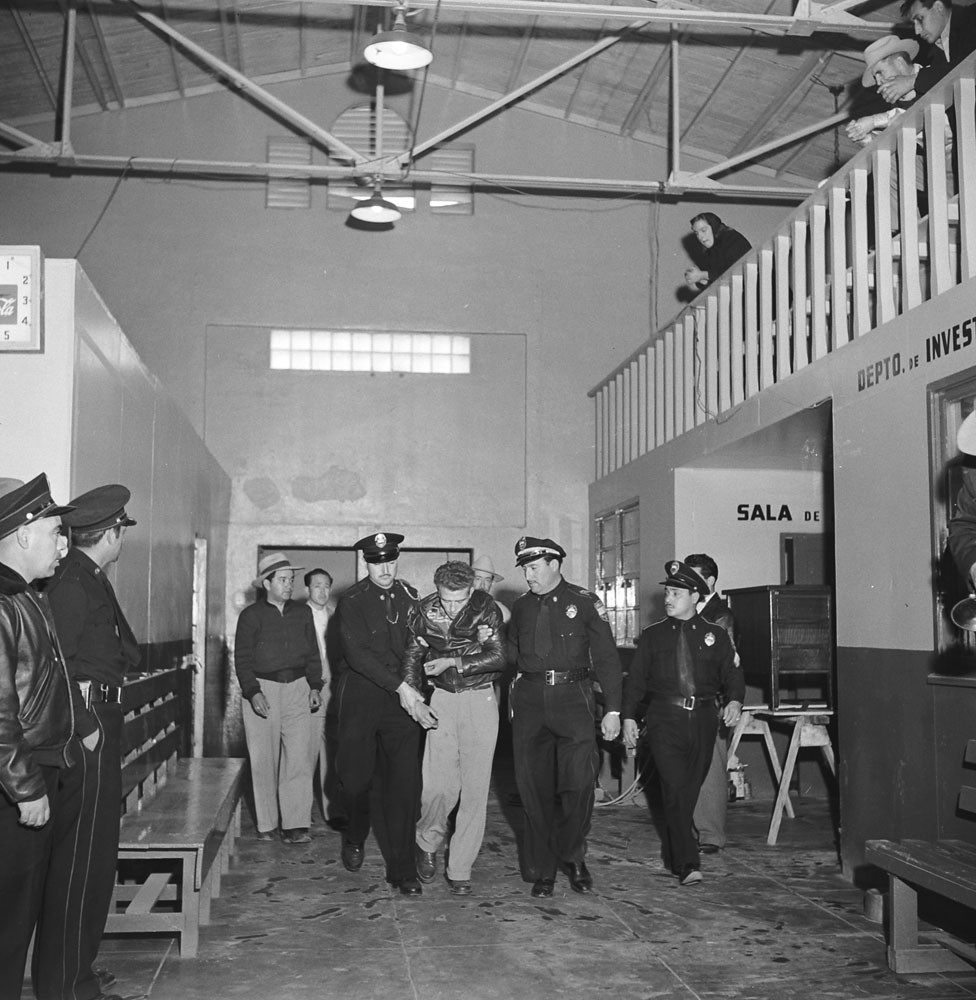
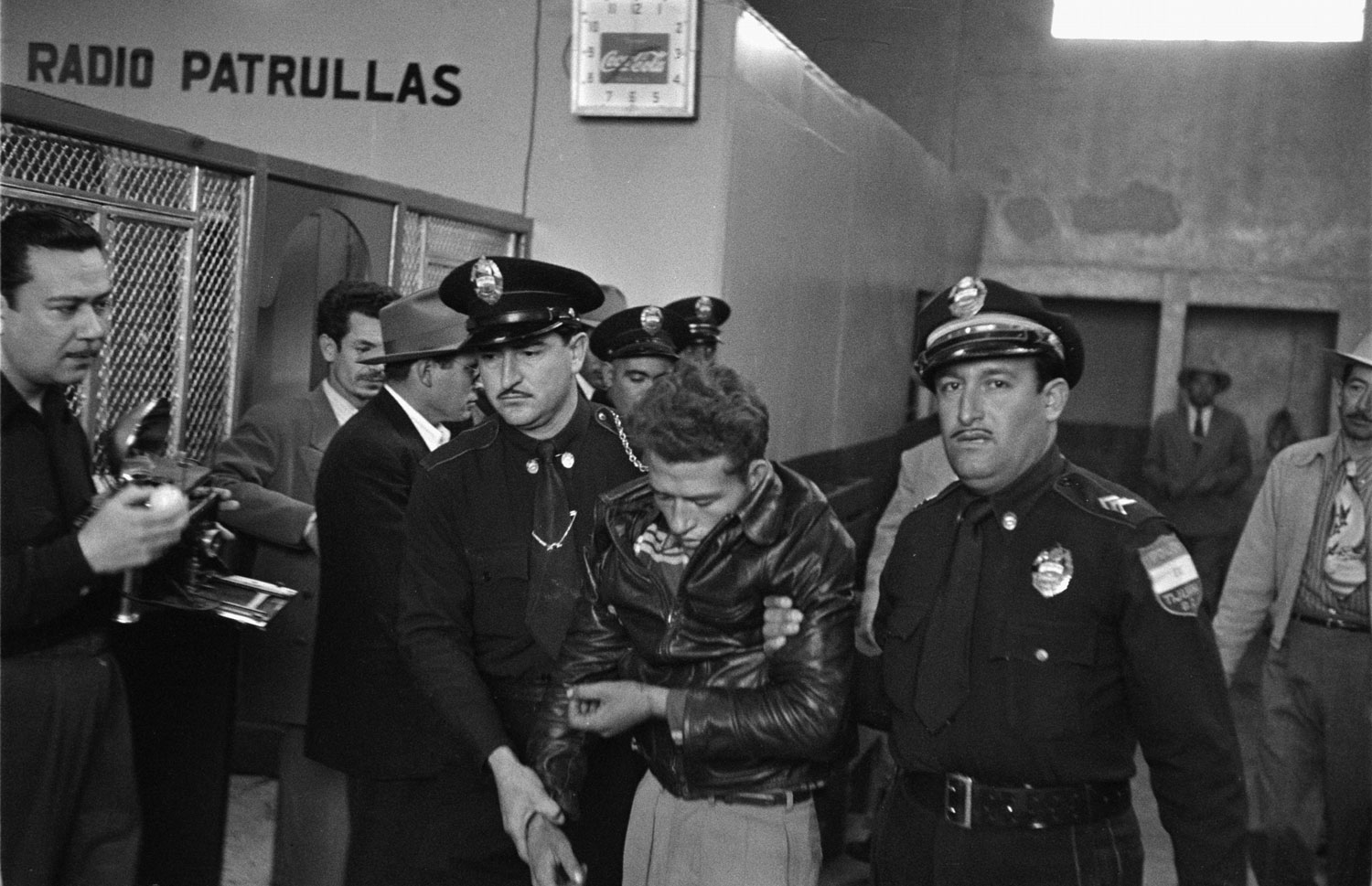
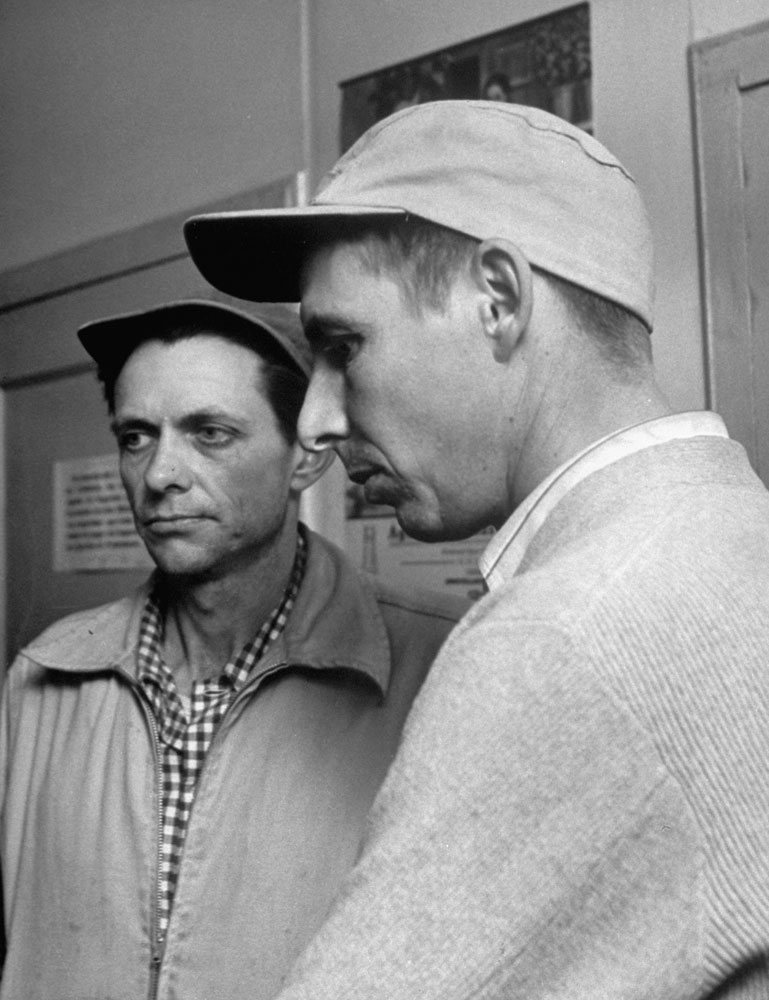
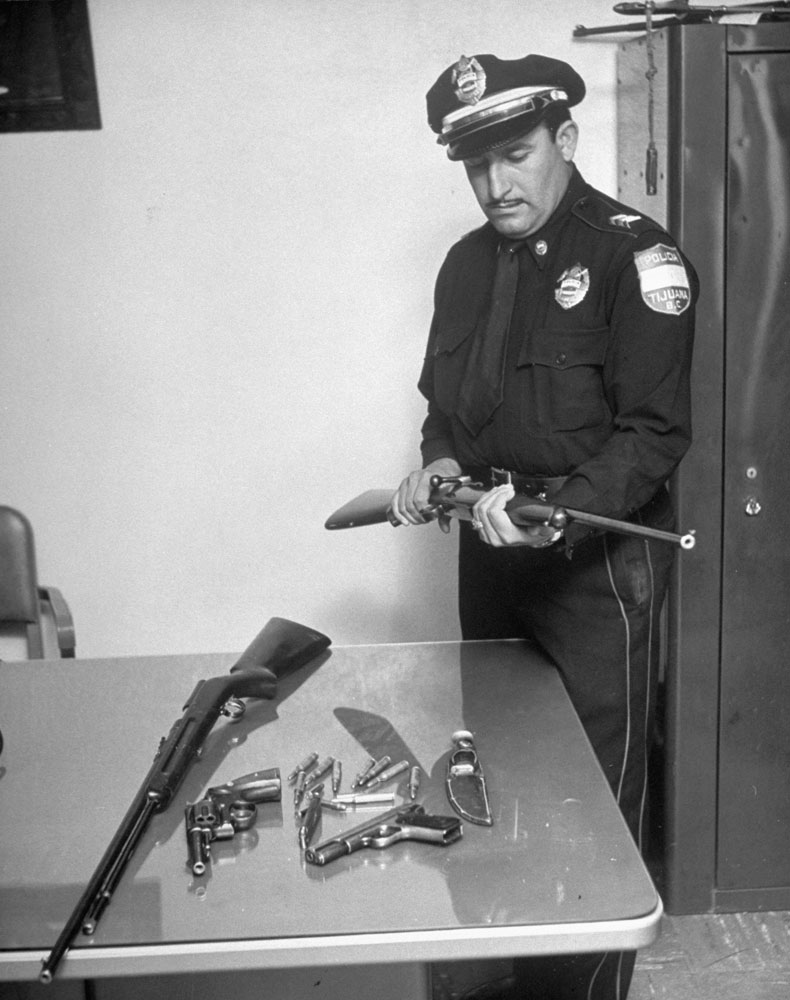
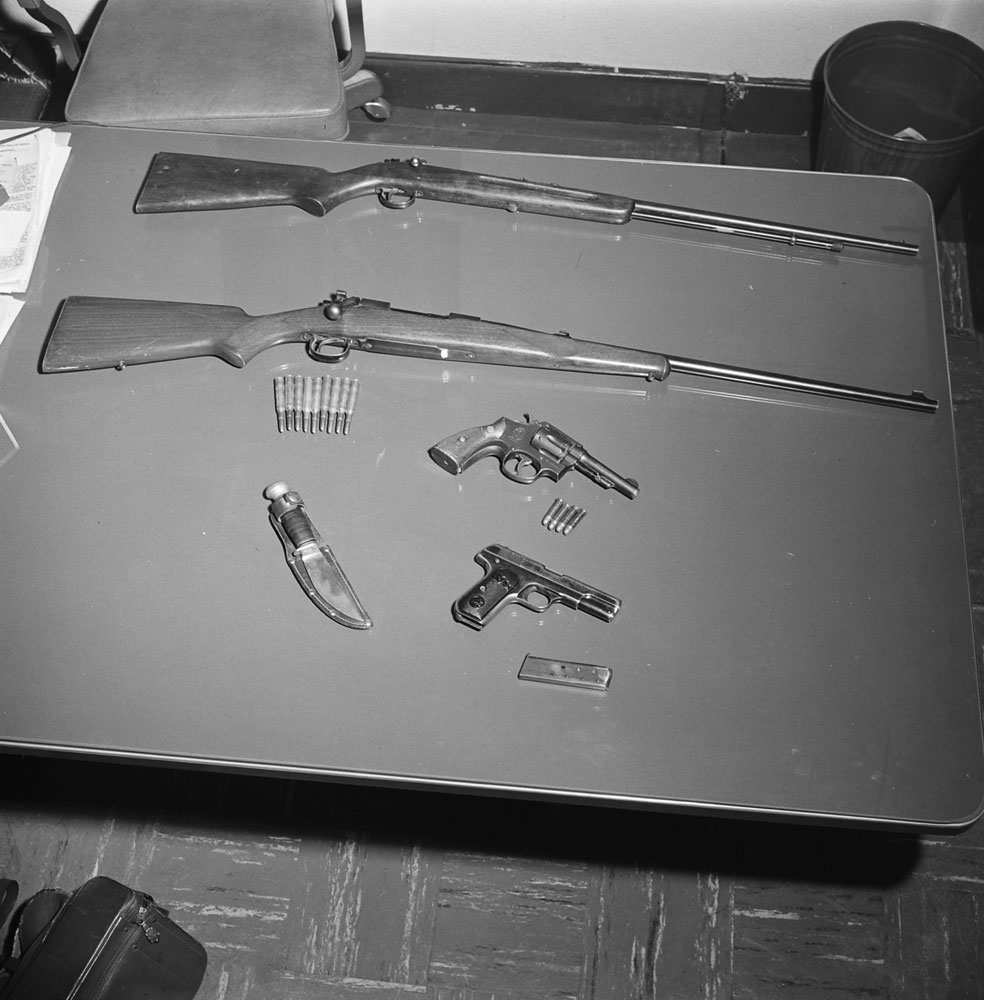
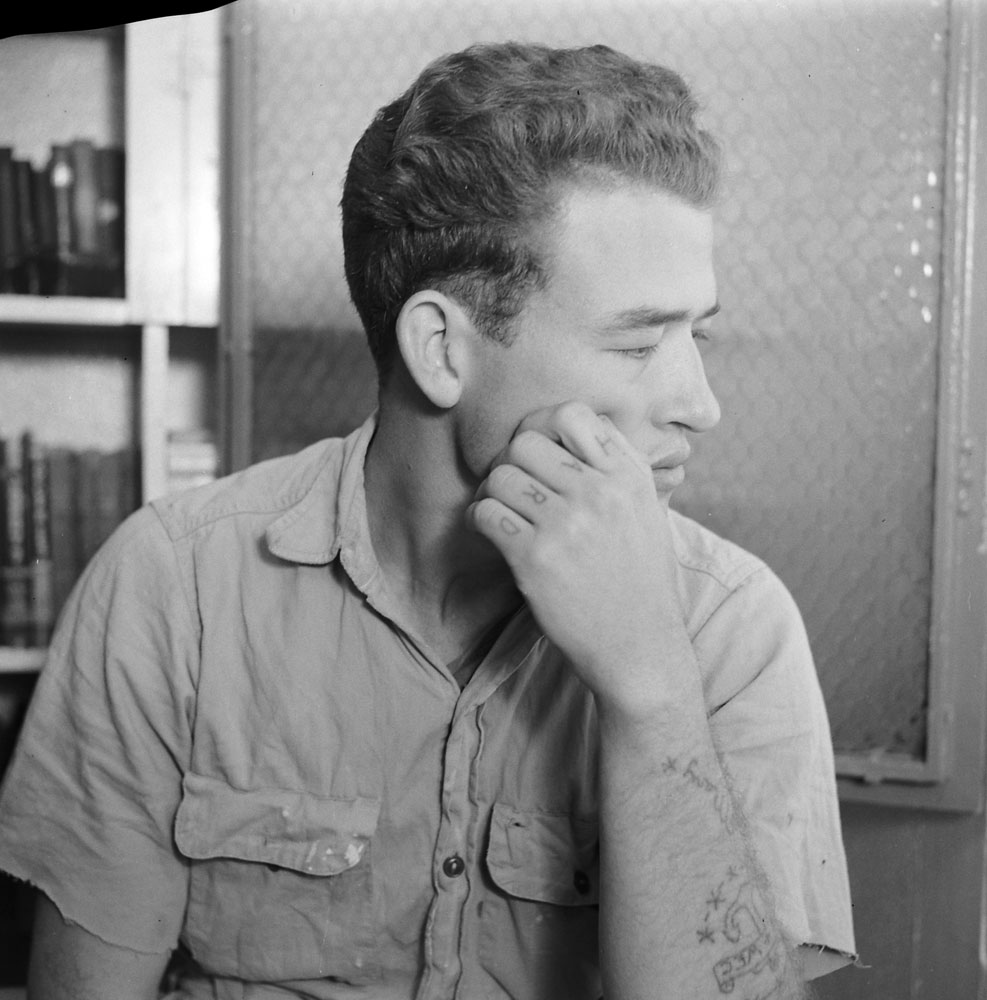
More Must-Reads from TIME
- Donald Trump Is TIME's 2024 Person of the Year
- TIME’s Top 10 Photos of 2024
- Why Gen Z Is Drinking Less
- The Best Movies About Cooking
- Why Is Anxiety Worse at Night?
- A Head-to-Toe Guide to Treating Dry Skin
- Why Street Cats Are Taking Over Urban Neighborhoods
- Column: Jimmy Carter’s Global Legacy Was Moral Clarity
Contact us at letters@time.com